The Zebra Loach is a fascinating fish that many aquarium enthusiasts find interesting. Its scientific name, Botia striata, comes from its striped appearance. In the market, you might also find it called the Candystripe Loach or the Striped Loach.
Table of Contents
Zebra Loaches are bottom-dwellers that like to live in groups. They do best in tanks with plenty of hiding spots, like rocks and driftwood. These fish are peaceful and get along well with other community fish.
Zebra Loaches are part of the Botiidae family, which includes other loaches like the Clown Loach and the Yoyo Loach. They originally come from the fast-moving streams and rivers of India.
In the wild, Zebra Loaches eat small invertebrates and algae. In the aquarium, they will accept most prepared foods, but they especially like live or frozen foods like brine shrimp and bloodworms.
Zebra Loaches can grow up to 4 inches long. They prefer water temperatures between 73-79°F and a pH between 6.5-7.5. They also need good water quality, so regular water changes are important.
One fun fact about Zebra Loaches is that they can make clicking sounds! They do this by grinding their pharyngeal teeth together. Scientists think this might be a way for them to communicate with each other.
Another interesting thing about Zebra Loaches is that they have a special organ called the labyrinth organ. This organ allows them to breathe air from the surface of the water. This is helpful if the water quality in their tank starts to decline.
Overall, Zebra Loaches are a great addition to a peaceful community tank. With the right care and tank mates, they can live for 8-12 years. If you’re thinking about getting some Zebra Loaches, make sure to do your research to give them the best possible home!
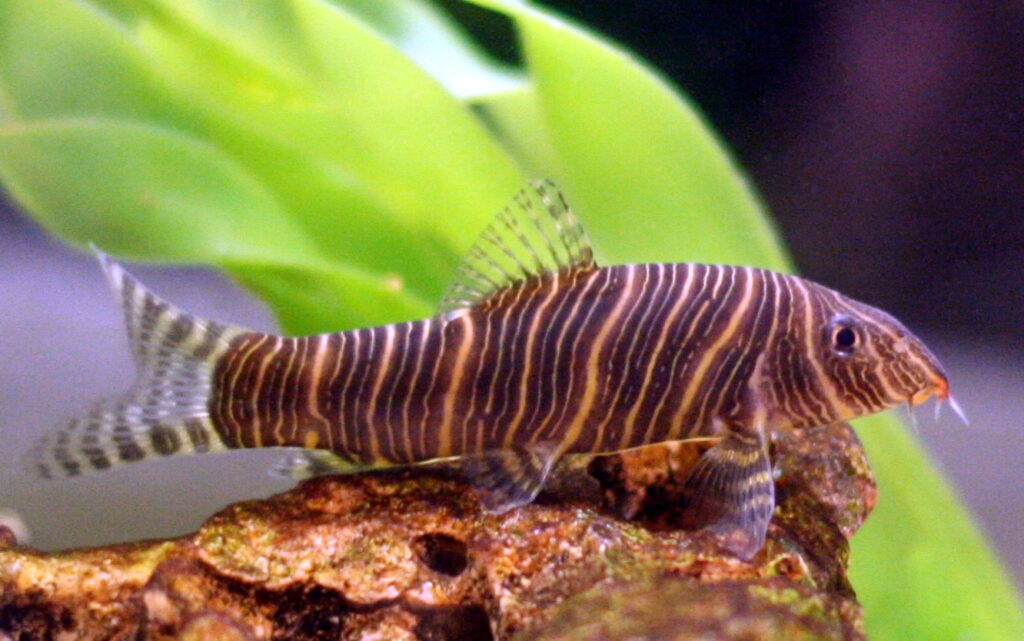
Zebra Loach Key Information
Zebra Loaches are striking fish with distinct black and white stripes running vertically along their bodies. Their unique coloration makes them stand out in any aquarium, adding a beautiful contrast to the greens and browns of plants and décor. The stripes are not always perfectly uniform, giving each individual fish its own character and charm.
| Family | Botiidae |
| Origin | India |
| Price | $5 – $10 |
| Common Names | Candystripe Loach, Striped Loach |
| Variants | None |
| Ideal Tank Size | 30 gallons or larger |
| Water Parameters | Temperature: 73-79°F, pH: 6.5-7.5, Hardness: 5-12 dH |
| Lifespan | 8-12 years |
| Full Size | Up to 4 inches |
| Natural Environment | Fast-moving streams and rivers |
| Behavior | Peaceful, social, bottom-dwelling |
| Habitat Preference | Rocky substrate with hiding spots |
| Aquarium Decoration | Rocks, driftwood, plants |
| Ideal Tank Mates | Other peaceful community fish |
| Fish to Avoid | Aggressive or large fish |
| Best Foods/Diet | Omnivorous, accepts most prepared foods, enjoys live/frozen foods |
| Disease | Susceptible to common freshwater diseases if water quality is poor |
| Sex-Switch | No |
| Gender Differences | Difficult to distinguish |
| Care Level | Moderate |
| Breeding Level | Difficult, rarely bred in captivity |
Ideal Tank Mates for Zebra Loach
When selecting tank mates for Zebra Loaches, it’s essential to choose fish that share similar water parameters, temperament, and habitat preferences. Zebra Loaches are peaceful, social fish that thrive in the company of their own species and other non-aggressive tank mates. They prefer the bottom of the aquarium, so it’s ideal to have tank mates that occupy different levels of the water column to create a balanced and harmonious environment.
Here are 10 ideal tank mates for Zebra Loaches, along with their compatibility reasons and unique characteristics:
1. Neon Tetras (Paracheirodon innesi)
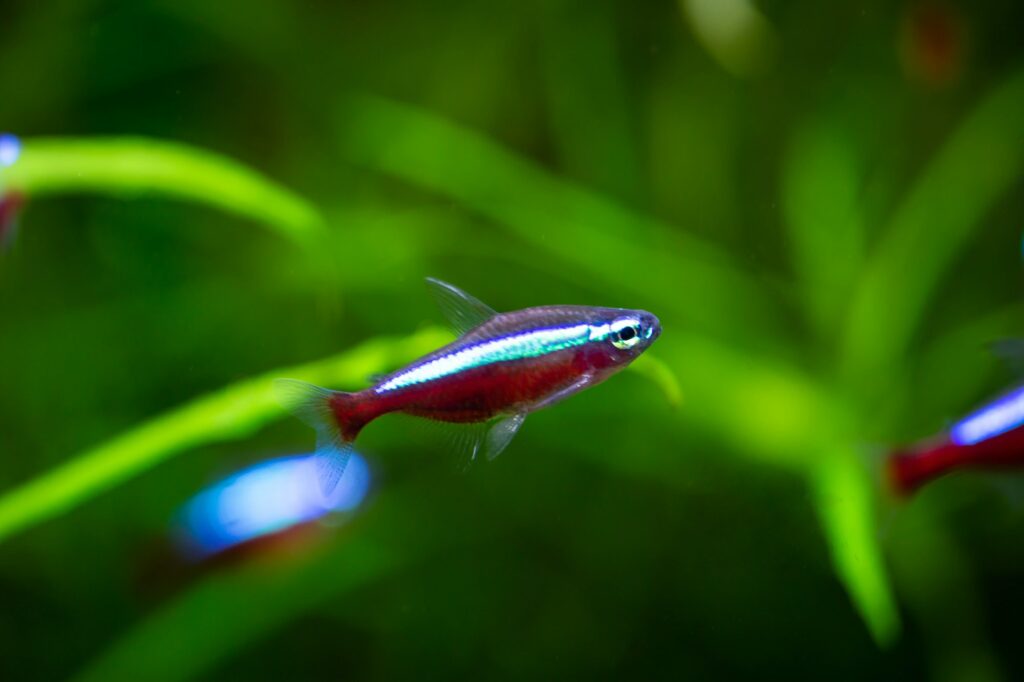
Neon Tetras are small, colorful fish that add a vibrant pop of color to any aquarium. They are peaceful, schooling fish that occupy the middle and upper levels of the tank, making them an excellent complement to bottom-dwelling Zebra Loaches. Neon Tetras are easy to care for and adapt well to a variety of water conditions, making them a popular choice for community tanks.
| Common/Market Names | Neon Tetra |
| Price Range | $1 – $3 |
| Care Level | Easy |
| Behavior | Peaceful, schooling |
| Life Span | 5-8 years |
| Max Size | 1.5 inches |
2. Harlequin Rasboras (Trigonostigma heteromorpha)

Harlequin Rasboras are another small, schooling fish that make excellent tank mates for Zebra Loaches. They have a unique, triangular shape and a striking red and black coloration that adds visual interest to the aquarium. Harlequin Rasboras prefer the middle and upper levels of the tank, and their peaceful nature makes them compatible with a wide range of community fish.
| Common/Market Names | Harlequin Rasbora |
| Price Range | $2 – $4 |
| Care Level | Easy |
| Behavior | Peaceful, schooling |
| Life Span | 5-8 years |
| Max Size | 2 inches |
3. Cherry Barbs (Puntius titteya)
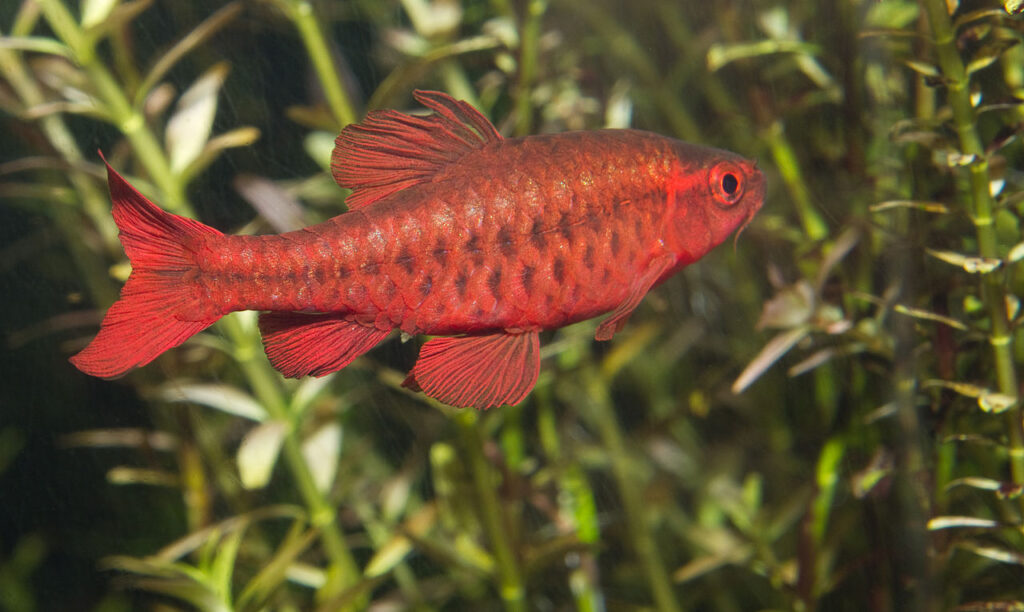
Cherry Barbs are small, colorful fish that add a lively presence to any aquarium. Males have a striking red coloration, while females are more subdued in color. Cherry Barbs are active swimmers that occupy the middle levels of the tank, and their peaceful nature makes them an ideal tank mate for Zebra Loaches. They are easy to care for and adapt well to a variety of water conditions.
| Common/Market Names | Cherry Barb |
| Price Range | $2 – $5 |
| Care Level | Easy |
| Behavior | Peaceful, active |
| Life Span | 4-6 years |
| Max Size | 2 inches |
4. Corydoras Catfish (Corydoras spp.)
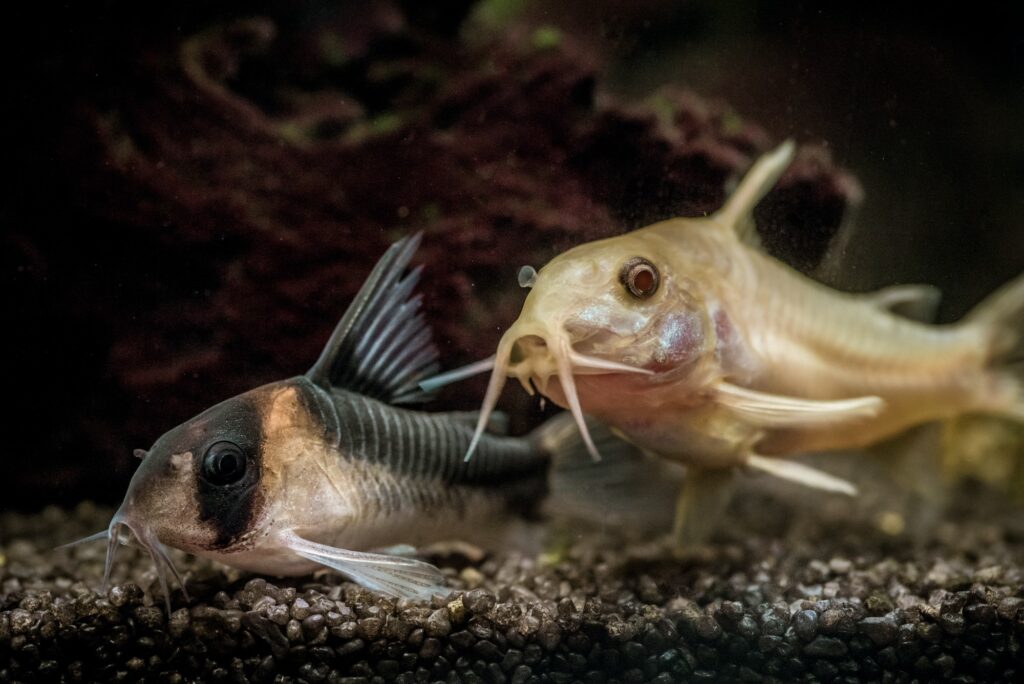
Corydoras Catfish are a diverse group of small, bottom-dwelling fish that make excellent tank mates for Zebra Loaches. They come in a variety of colors and patterns, and their peaceful nature makes them compatible with most community fish. Corydoras Catfish are active scavengers that help keep the substrate clean, and they are easy to care for, making them a popular choice for beginner aquarists.
| Common/Market Names | Cory Catfish, Cories |
| Price Range | $2 – $10 |
| Care Level | Easy |
| Behavior | Peaceful, bottom-dwelling |
| Life Span | 5-10 years |
| Max Size | 1-3 inches |
5. Kuhli Loaches (Pangio kuhlii)
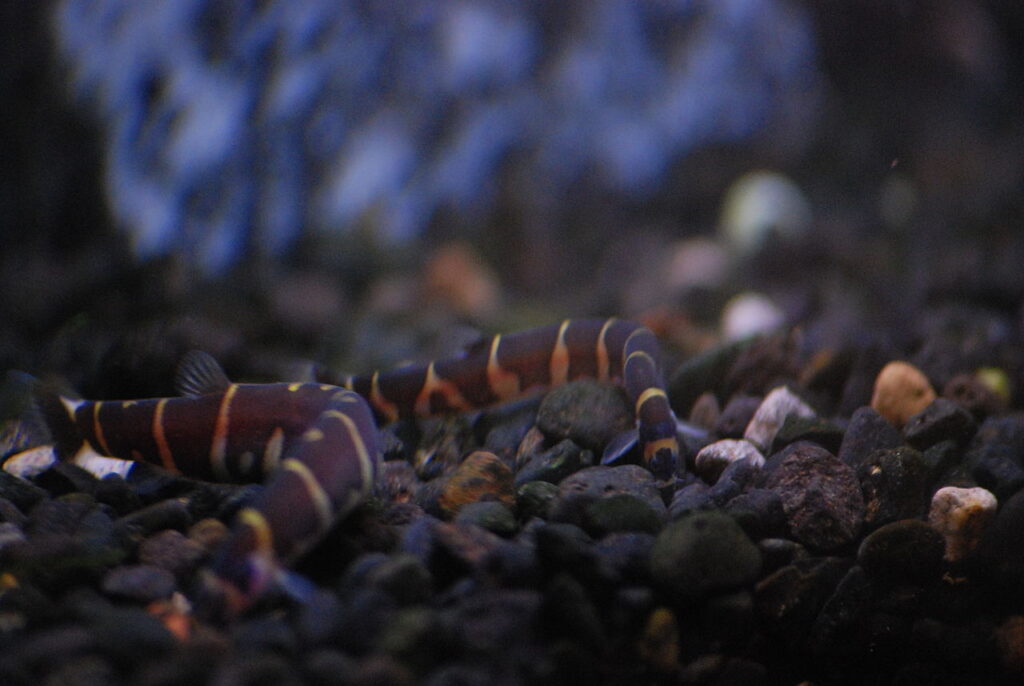
Kuhli Loaches are small, eel-like fish that make fascinating tank mates for Zebra Loaches. They have a unique, snake-like appearance and are often seen hiding among plants and décor during the day, becoming more active at night. Kuhli Loaches are peaceful, bottom-dwelling fish that help keep the substrate clean and add an interesting dynamic to the aquarium.
| Common/Market Names | Kuhli Loach, Coolie Loach |
| Price Range | $3 – $6 |
| Care Level | Moderate |
| Behavior | Peaceful, nocturnal |
| Life Span | 8-12 years |
| Max Size | 4 inches |
6. Dwarf Gouramis (Trichogaster lalius)
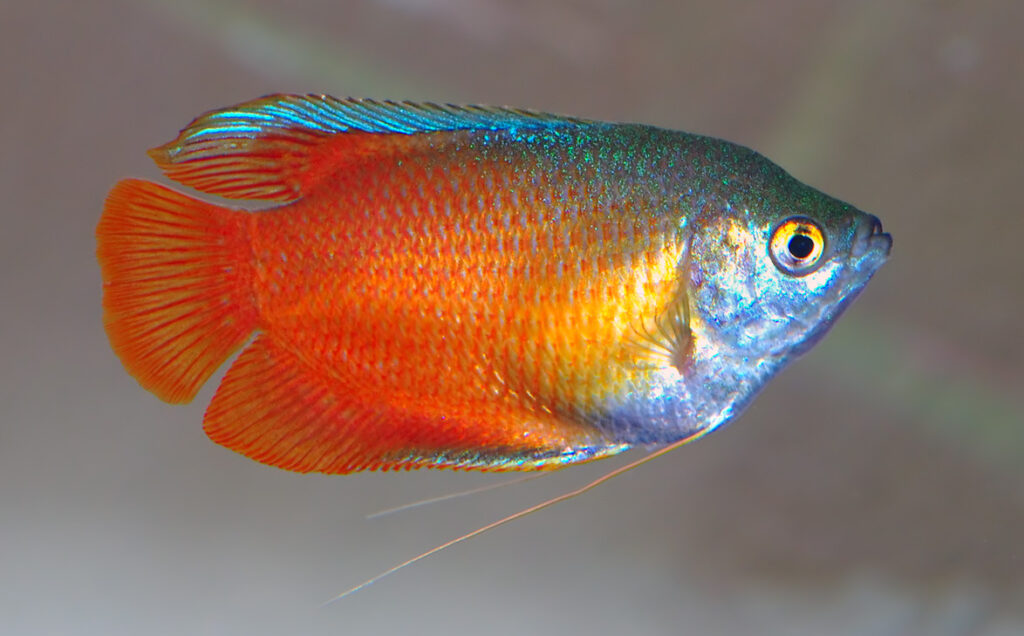
Dwarf Gouramis are small, colorful fish that make excellent tank mates for Zebra Loaches. They have a unique, labyrinth organ that allows them to breathe air from the surface, making them well-suited for aquariums with lower oxygen levels. Dwarf Gouramis occupy the middle and upper levels of the tank and are generally peaceful, although males may become territorial towards each other.
| Common/Market Names | Dwarf Gourami, Flame Dwarf Gourami, Powder Blue Dwarf Gourami |
| Price Range | $4 – $8 |
| Care Level | Easy |
| Behavior | Generally peaceful, can be territorial |
| Life Span | 4-6 years |
| Max Size | 3.5 inches |
7. Otocinclus Catfish (Otocinclus spp.)
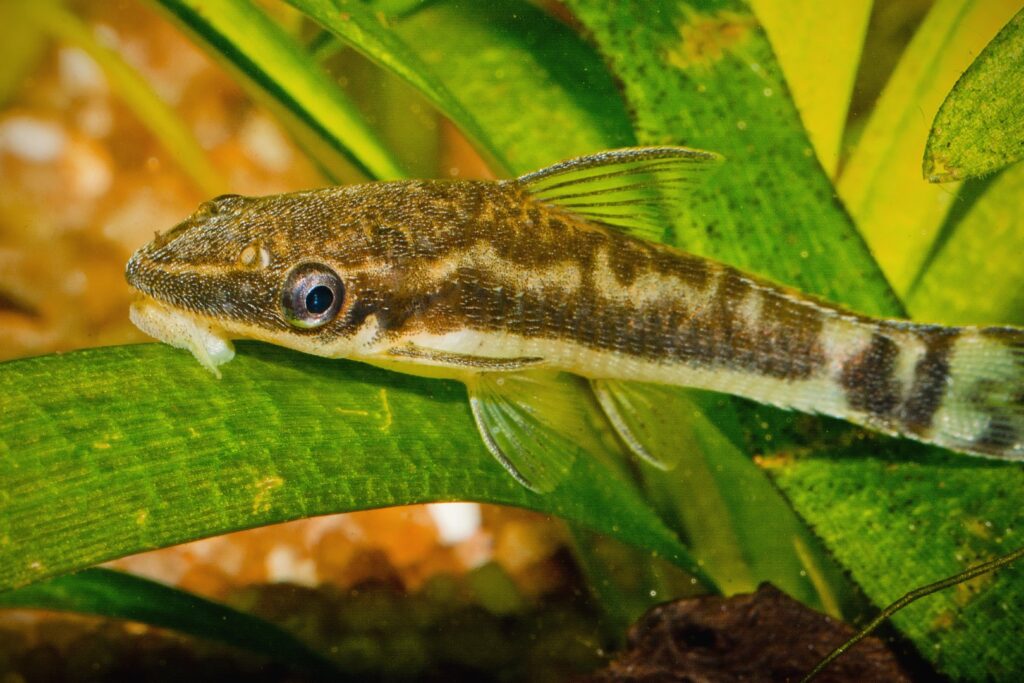
Otocinclus Catfish are small, algae-eating fish that make excellent tank mates for Zebra Loaches. They are peaceful, bottom-dwelling fish that help keep the aquarium clean by consuming algae and biofilm. Otocinclus Catfish are schooling fish that should be kept in groups of at least six individuals, and they require a well-established aquarium with plenty of algae growth to thrive.
| Common/Market Names | Oto Cat, Dwarf Suckermouth Catfish |
| Price Range | $2 – $5 |
| Care Level | Moderate |
| Behavior | Peaceful, schooling |
| Life Span | 3-5 years |
| Max Size | 2 inches |
8. White Cloud Mountain Minnows (Tanichthys albonubes)
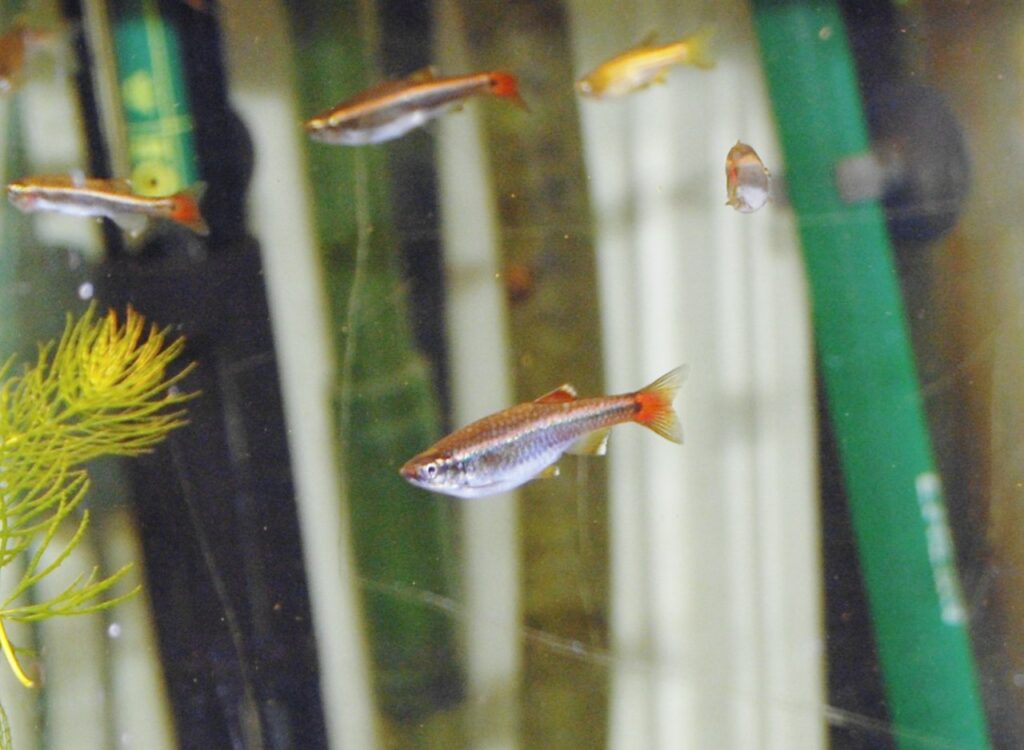
White Cloud Mountain Minnows are small, hardy fish that make excellent tank mates for Zebra Loaches. They are active swimmers that occupy the middle and upper levels of the tank, and their peaceful nature makes them compatible with most community fish. White Cloud Mountain Minnows are easy to care for and adapt well to a variety of water conditions, making them a popular choice for beginner aquarists.
| Common/Market Names | White Cloud, White Cloud Mountain Fish |
| Price Range | $2 – $4 |
| Care Level | Easy |
| Behavior | Peaceful, active |
| Life Span | 5-7 years |
| Max Size | 1.5 inches |
9. Platies (Xiphophorus maculatus)
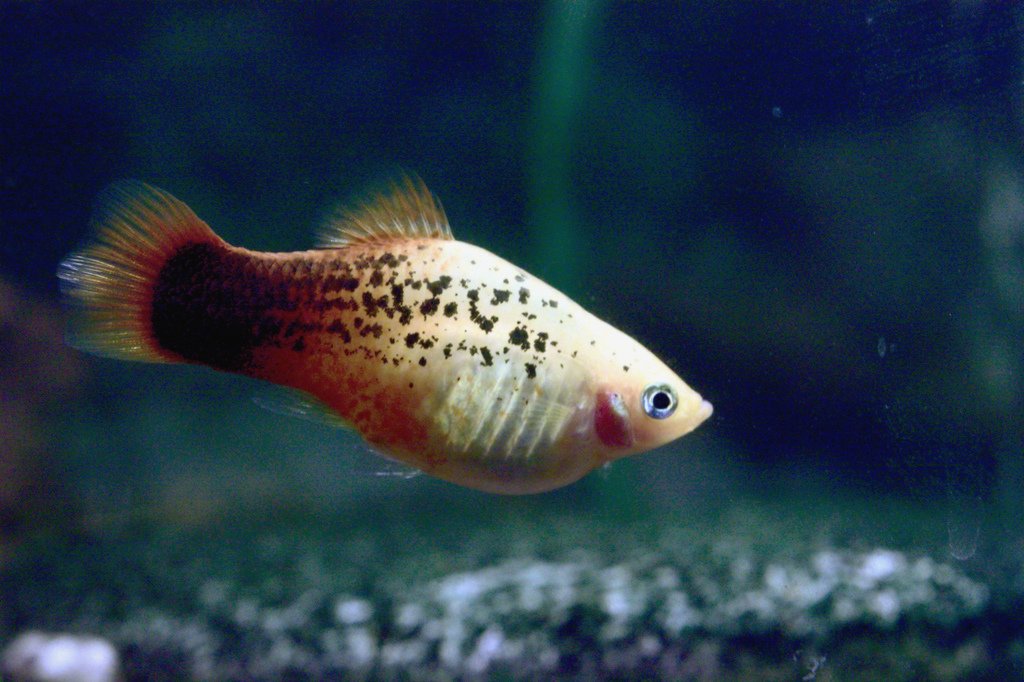
Platies are small, colorful livebearers that make excellent tank mates for Zebra Loaches. They come in a wide variety of colors and patterns, and their peaceful nature makes them compatible with most community fish. Platies are active swimmers that occupy the middle and upper levels of the tank, and they are easy to care for, making them a popular choice for beginner aquarists.
| Common/Market Names | Platy, Southern Platyfish |
| Price Range | $2 – $5 |
| Care Level | Easy |
| Behavior | Peaceful, active |
| Life Span | 3-5 years |
| Max Size | 2.5 inches |
10. Celestial Pearl Danios (Celestichthys margaritatus)
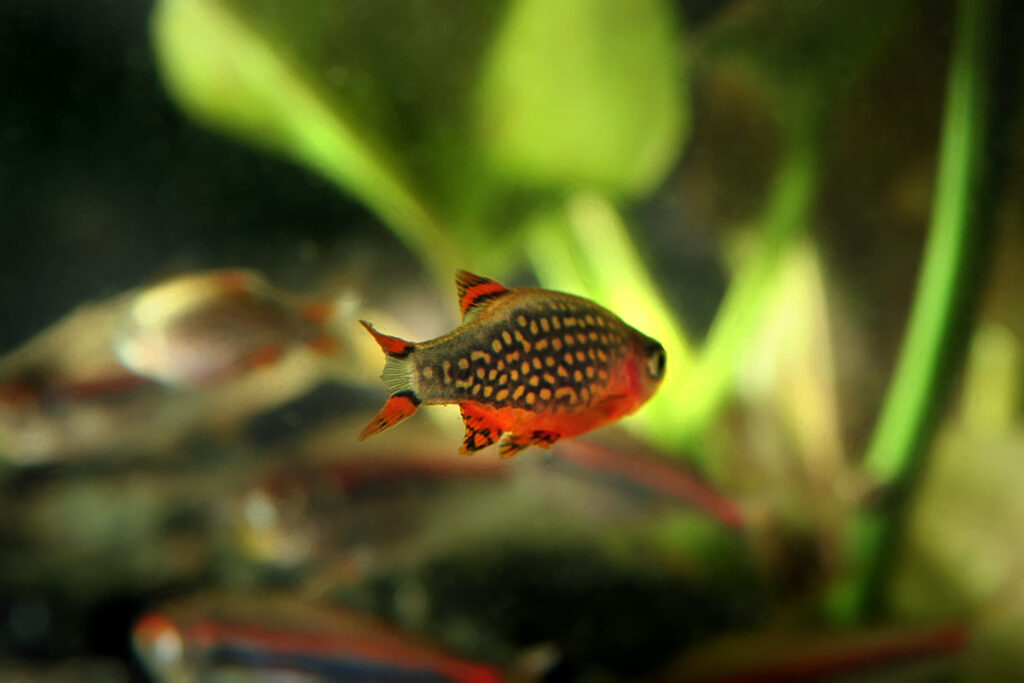
Celestial Pearl Danios, also known as Galaxy Rasboras, are small, stunning fish that make excellent tank mates for Zebra Loaches. They have a unique, spotted pattern that resembles a starry night sky, and their peaceful nature makes them compatible with most community fish. Celestial Pearl Danios are active swimmers that occupy the middle levels of the tank and are best kept in groups of at least six individuals.
| Common/Market Names | Galaxy Rasbora, Microrasbora sp. Galaxy |
| Price Range | $5 – $10 |
| Care Level | Moderate |
| Behavior | Peaceful, active |
| Life Span | 3-5 years |
| Max Size | 1 inch |
These 10 fish species are just a few examples of the many compatible tank mates for Zebra Loaches. When selecting tank mates, always consider factors such as water parameters, temperament, and habitat preferences to ensure a harmonious and thriving aquarium community.
FAQs about Zebra Loach
What is the minimum tank size for Zebra Loaches?
A 30-gallon aquarium is the minimum recommended size for Zebra Loaches, as they are active swimmers and need plenty of space to explore and forage.
How many Zebra Loaches should be kept together?
Zebra Loaches are social fish that thrive in groups. It is recommended to keep at least six individuals together to ensure their well-being and natural behavior.
Are Zebra Loaches compatible with live plants?
Yes, Zebra Loaches are compatible with most live plants and will not harm them. However, they may occasionally uproot delicate plants while foraging for food.
How often should I feed my Zebra Loaches?
Feed your Zebra Loaches small amounts of food 2-3 times a day. They are omnivores and will accept a variety of prepared foods, as well as live and frozen options.
Do Zebra Loaches have any special lighting requirements?
No, Zebra Loaches do not have any specific lighting requirements. They can adapt to a wide range of lighting conditions, from low to moderate intensity.
Are Zebra Loaches sensitive to water changes?
Like most fish, Zebra Loaches can be sensitive to sudden changes in water parameters. Always perform gradual water changes and ensure that the new water is properly conditioned and temperature-matched.
Can Zebra Loaches be kept with shrimp?
Zebra Loaches are generally peaceful and can be kept with larger shrimp species, such as Amano or Ghost Shrimp. However, they may consume smaller shrimp or shrimplets.
Do Zebra Loaches need a substrate in their aquarium?
While Zebra Loaches do not have a specific substrate requirement, they prefer a soft, sandy substrate that allows them to forage and sift for food particles.
Are Zebra Loaches prone to any specific diseases?
Zebra Loaches are relatively hardy fish but can be susceptible to common freshwater diseases if water quality is poor. Maintain proper water parameters and perform regular tank maintenance to keep your Zebra Loaches healthy.
Can Zebra Loaches be bred in captivity?
Breeding Zebra Loaches in captivity is considered difficult and rarely achieved. They have specific spawning requirements, and there is limited information available on their breeding behavior in home aquariums.
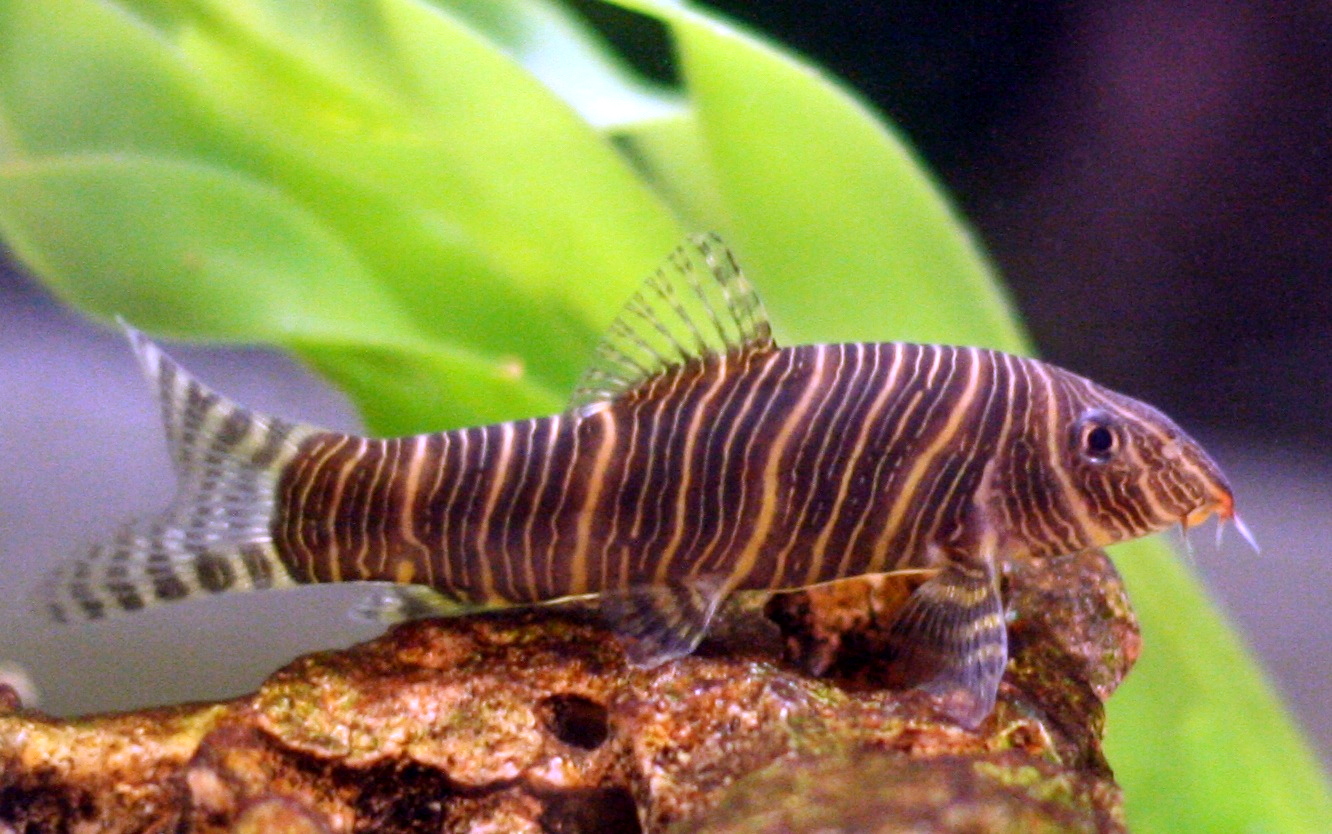
Leave a Reply